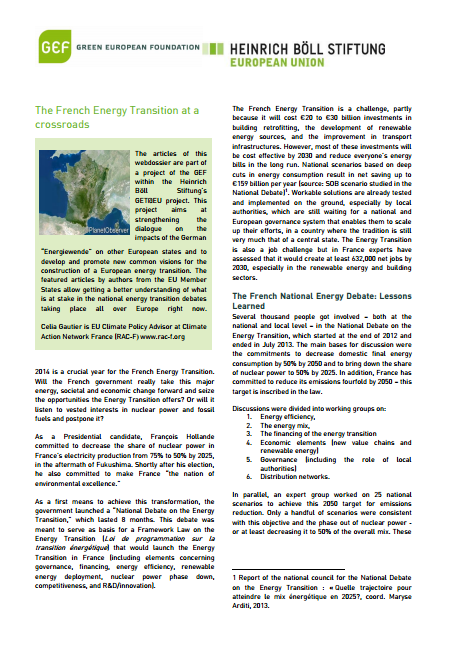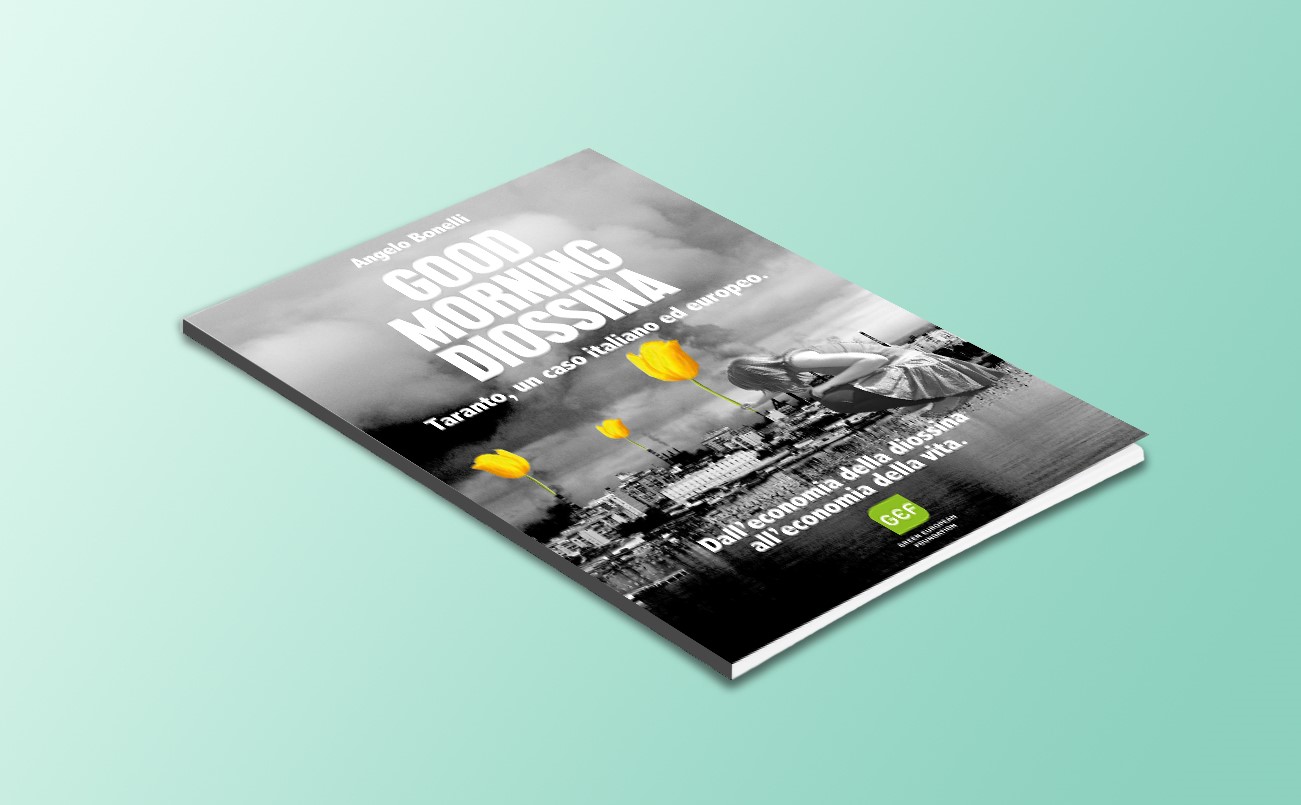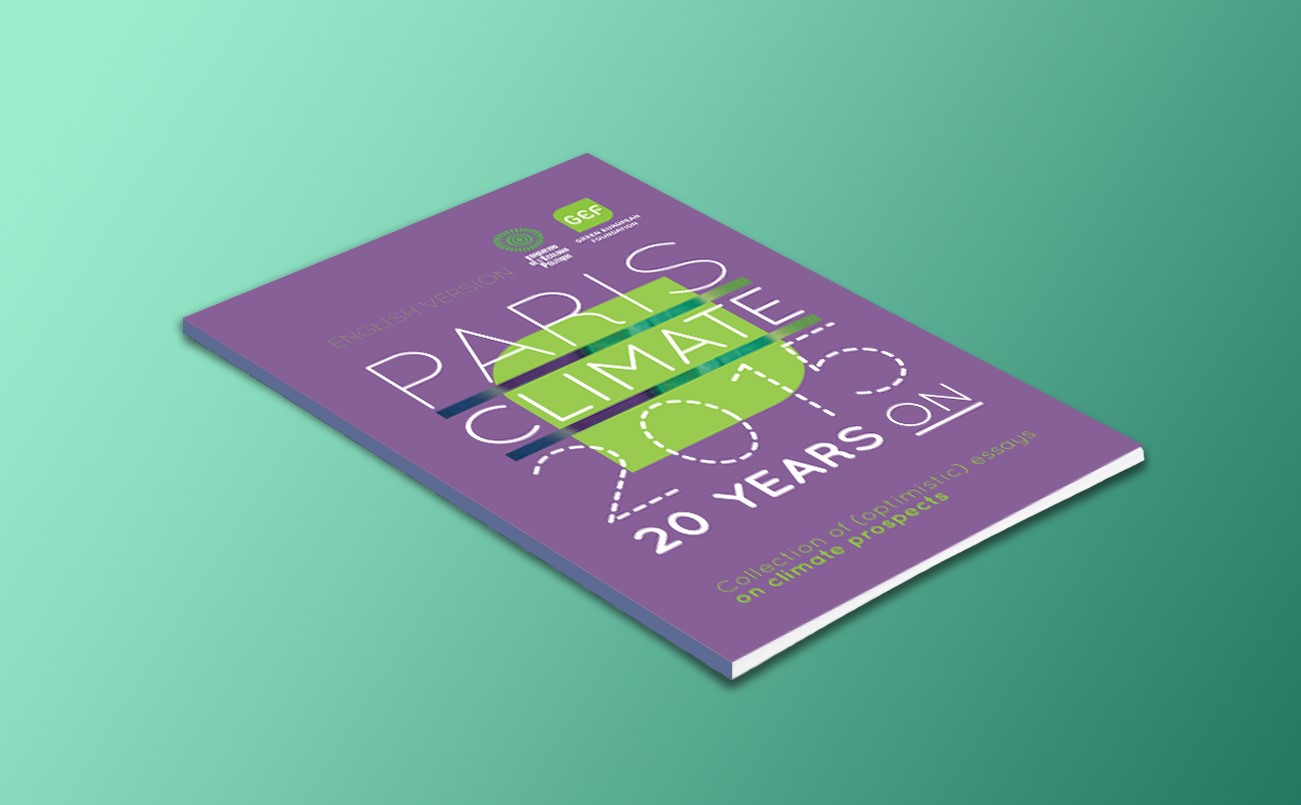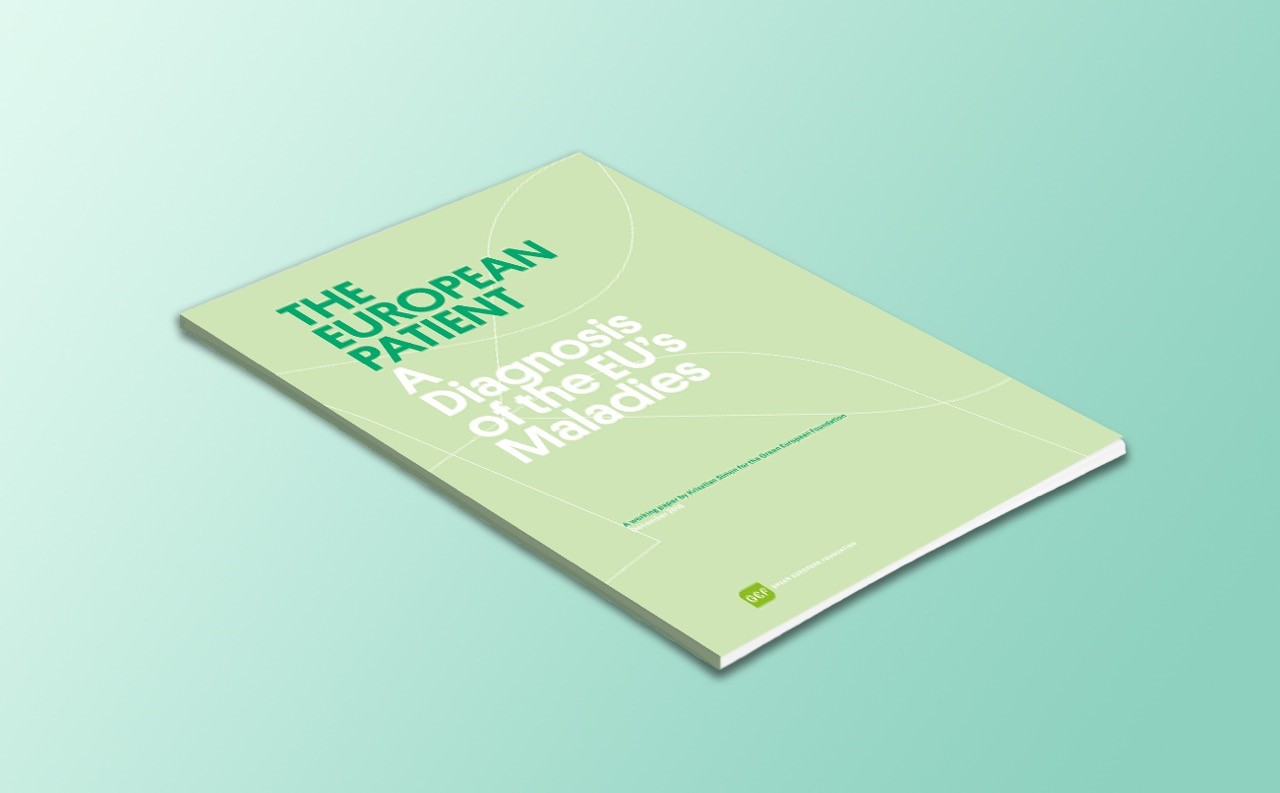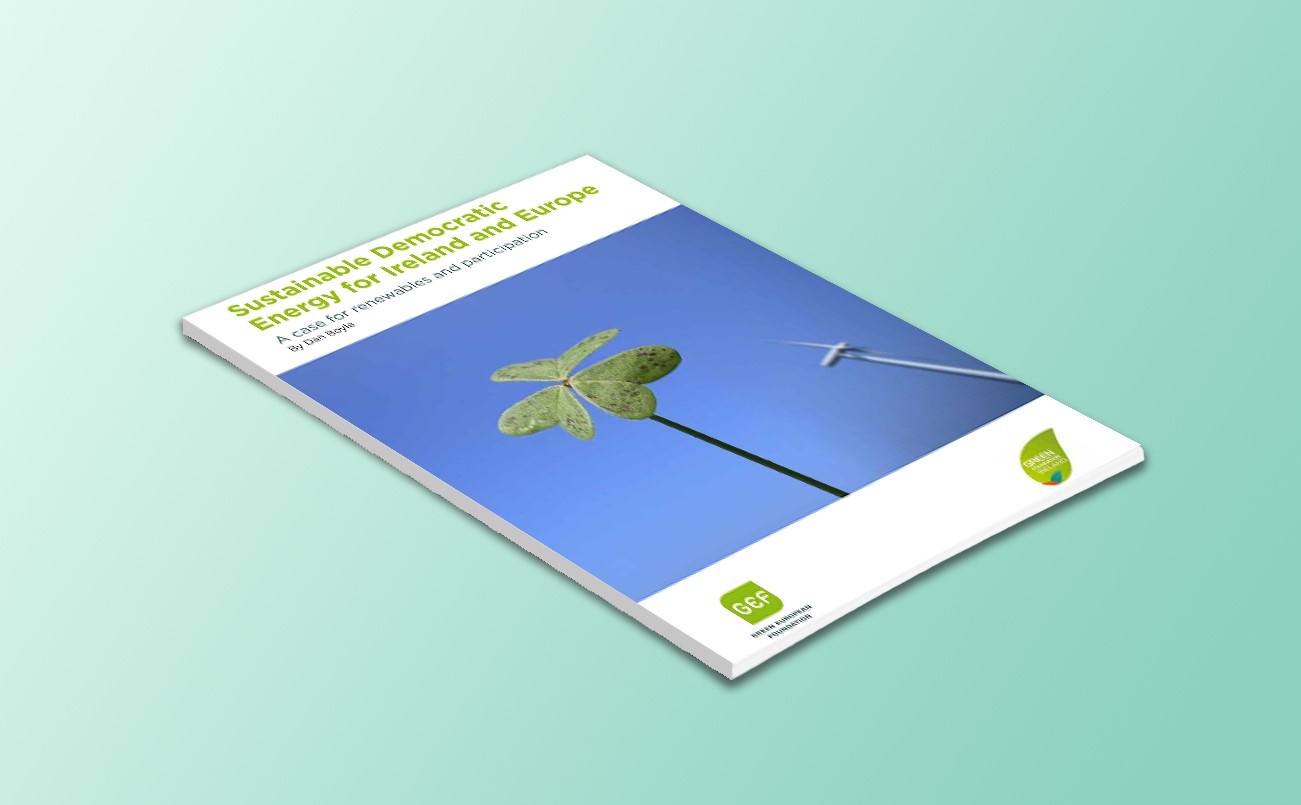
The European Union is committed to reducing greenhouse gas emissions to 80 – 95% below 1990 levels by 2050. Given the many reasons for public concern about the technological and infrastructural developments required to achieve this ambitious target — threats to landscapes and habitats, public safety fears, etc. — citizens themselves must be informed and engaged in the decision-making process.
Using case studies from citizen’s initiatives and renewable energy projects specifically in Ireland, and contrasting them with similar experiences in Denmark and Germany, Dan Boyle makes the case for the desirability of participative renewable energy projects across Europe as a whole. He also provides an overview of some of the key democratic models for effective public participation, examining key lessons learnt from environmental campaigns which have questioned and opposed renewable energy projects on the basis of the potential environmental damage caused by the infrastructure.
Ireland has had one of the highest levels of fossil fuel dependence in the European Union but, with relatively abundant wind and water power opportunities, combined with the entrance into government of the Irish Green Party for the first time in 2007, Ireland is racing towards its renewable energy targets. In 2012, for example, its target of 40% renewable energy generation was achieved 103 days early. According to Boyle, part of the reason for the comparatively swift development of renewables in Ireland was the level of public participation and buy-in — concepts which are explored in depth in this report.

